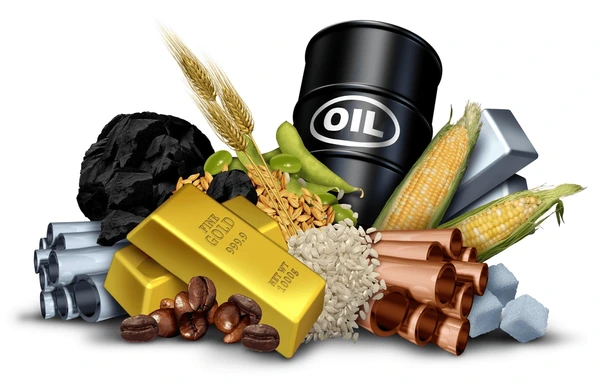


Directory of fossil suppliers in India
 NATURAL GEMS INTERNATIONAL6 months ago
NATURAL GEMS INTERNATIONAL6 months ago NATURAL EMERALD RUBY SAPPHIRE ONLYRuby, Diamond, Topaz, Emerald
NATURAL EMERALD RUBY SAPPHIRE ONLYRuby, Diamond, Topaz, Emerald FAIZAN ZAVERI8 months ago
FAIZAN ZAVERI8 months ago DIAMOND WHOLESALER & JEWELLERY MANUFACTURING FOR CONTACT https://wa.me/messDiamond
DIAMOND WHOLESALER & JEWELLERY MANUFACTURING FOR CONTACT https://wa.me/messDiamond Akhter Ali13 months ago
Akhter Ali13 months ago Gems stones
Gems stones Karim KIORA AMOREZ1 weeks ago
Karim KIORA AMOREZ1 weeks ago Gem stonesTurquoise, Ruby, Topaz, Emerald, Spinel, Pearl, Tanzanite
Gem stonesTurquoise, Ruby, Topaz, Emerald, Spinel, Pearl, Tanzanite




